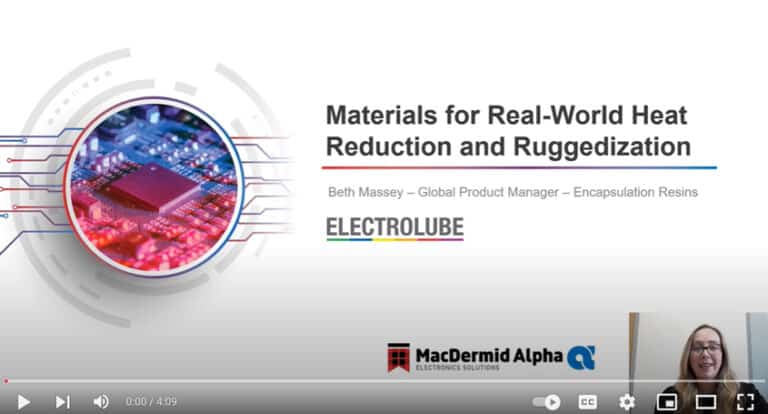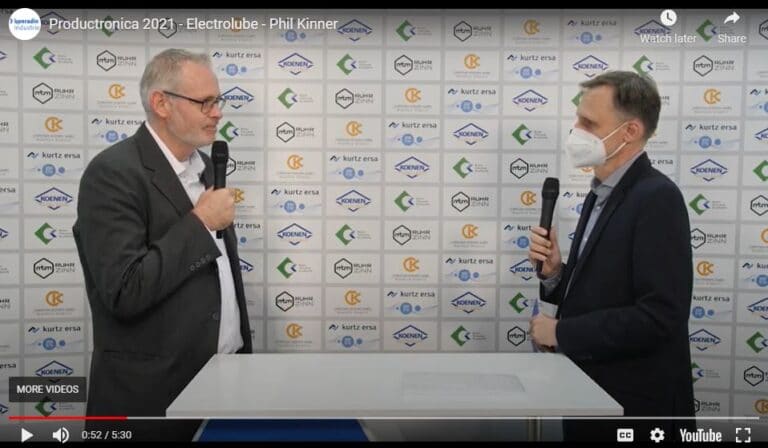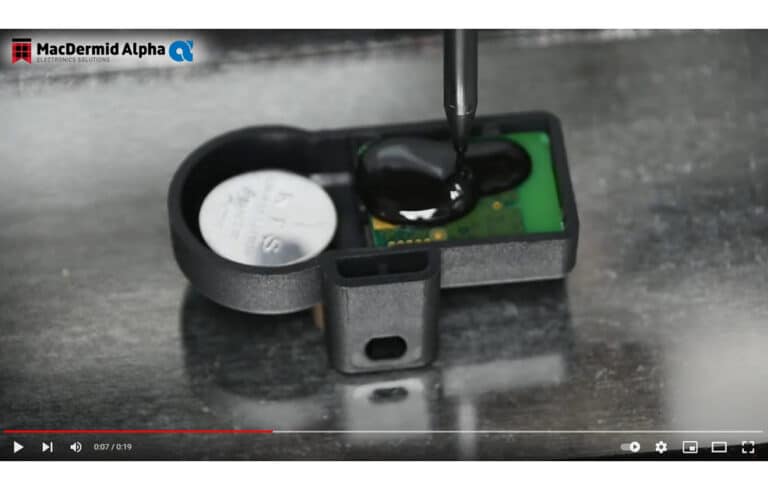Over the past few months, I have covered the subject of conformal coatings in as much depth as possible. In my latest column, I’m going to explore some of the essential factors for designers in coating selection. As we have all experienced, sometimes things are not always as simple or straightforward as we would like them to be, and in any engineering discipline there is always the slightest chance that something might go wrong. Thankfully, the key to kicking that possibility into touch is to be as fully prepared as possible. For the purpose of this column, I’m going to concentrate on helping you avoid coating pitfalls in my five-point guide below. So here we go…
Understanding Coating Values
When choosing a conformal coating, consider critical material parameters like CTE, Young’s Modulus, Tg and gas permeability, as coatings can vary widely in these respects. Handbook Chapter 4 goes into more detail about these properties and why they matter. Designers should also be aware that the values listed in a vendor data sheet are generally measured at ambient conditions for newly cured coatings. It is important for designers to understand how the behaviour of materials will vary with temperature and time (especially ageing at higher temperatures). The coating vendor may have information regarding how materials will vary with temperature and time, however, it is imperative to bear in mind that materials will have to be tested by the OEM to make certain the material is fit for use on their assemblies. Temperature excursions must be factored in. For instance, if thermal shock or thermal cycling is overlooked, it could lead to the coating cracking, which will severely compromise its protective capabilities.
Getting Coating Thickness Right
Achieving the correct coating thickness is essential; bear in mind that if the coating is too thick it can lead to entrapment of solvents in areas where the coating does not fully cure. Similarly, it can cause the coating to crack as it cures or as the result of changes in temperature, or due to mechanical shock and vibration. As a rule of thumb, conformal coatings should not be applied in thicknesses greater than necessary, or exceed the thickness they were designed to be applied at. Coverage is often more important than thickness, except in the harshest environments, however, if you are in any doubt about how to achieve the best coating thickness, we strongly advise discussing this with your coating vendor.
Know Your Components
Knowing your components is central to achieving a successful coating process. Simply by being aware of what kinds of components should be coated or cannot be coated will provide more flexibility to the coater in assembly operations. When a component MUST NOT be coated, it becomes a “keep out” zone. The engineering drawing should not only identify components that must not be coated but identify the tolerance on that keep out zone. It is important to be very specific on the tolerance. The manufacturer needs to know exactly where you want coating and where you don’t want coating. It is best practice to specify the areas that MUST BE coated and the areas that MUST NOT be coated as well as the ‘don’t care’ areas to help the coating process run as smoothly as possible. Avoid vague statements at all costs in an engineering drawing. This is especially true when specifying coating around connectors. It is also worth noting that designers should not rely on a conformal coating to compensate for poor part selection. Some are more moisture sensitive than others and if the component fails, the failure may have no relation to the coating. The selection process of the coating in this instance will be absolutely critical to achieving a successful outcome.
Vapour Deposited Coating
The designer should be aware, during coating selection, that there is a vast difference between solvent-borne or liquid coatings, and those coatings applied by vacuum deposition or chemical vapour deposition processes. Vapour deposited coating is an expensive process and conventional coatings can’t be used in this process. The most common vacuum-applied coating is polyparaxylylene (e.g. Parylene). Such processes require different masking, different surface preparation, etc. If a designer chooses a vapour deposited coating, it’s important to be aware of the board’s design as not all circuits are suitable for vacuum deposition. If in doubt, designers should work with the coating vendor, or the manufacturer who will do the coating, to identify the special rules that go with such materials.
Communication is Key
Finally, the biggest gift that a designer can offer to the production team is to invest a few days on the manufacturing floor. I cannot emphasise enough how valuable this time will be in ensuring that the design flows through the coating process smoothly. It provides the opportunity to observe the process and talk with the process professionals who do this every day. Such individuals will be able to give the designer key elements as well as identify bad practices. When design and production work together, the outcome will nearly always be successful.
If you have any questions, or would like more information about choosing and/or applying conformal coatings, then there’s a wealth of experience to call upon from our Technical Support Team members who will be more than happy to answer your queries and offer expert guidance. Look out for my next column where I will be looking at more coating related considerations.











